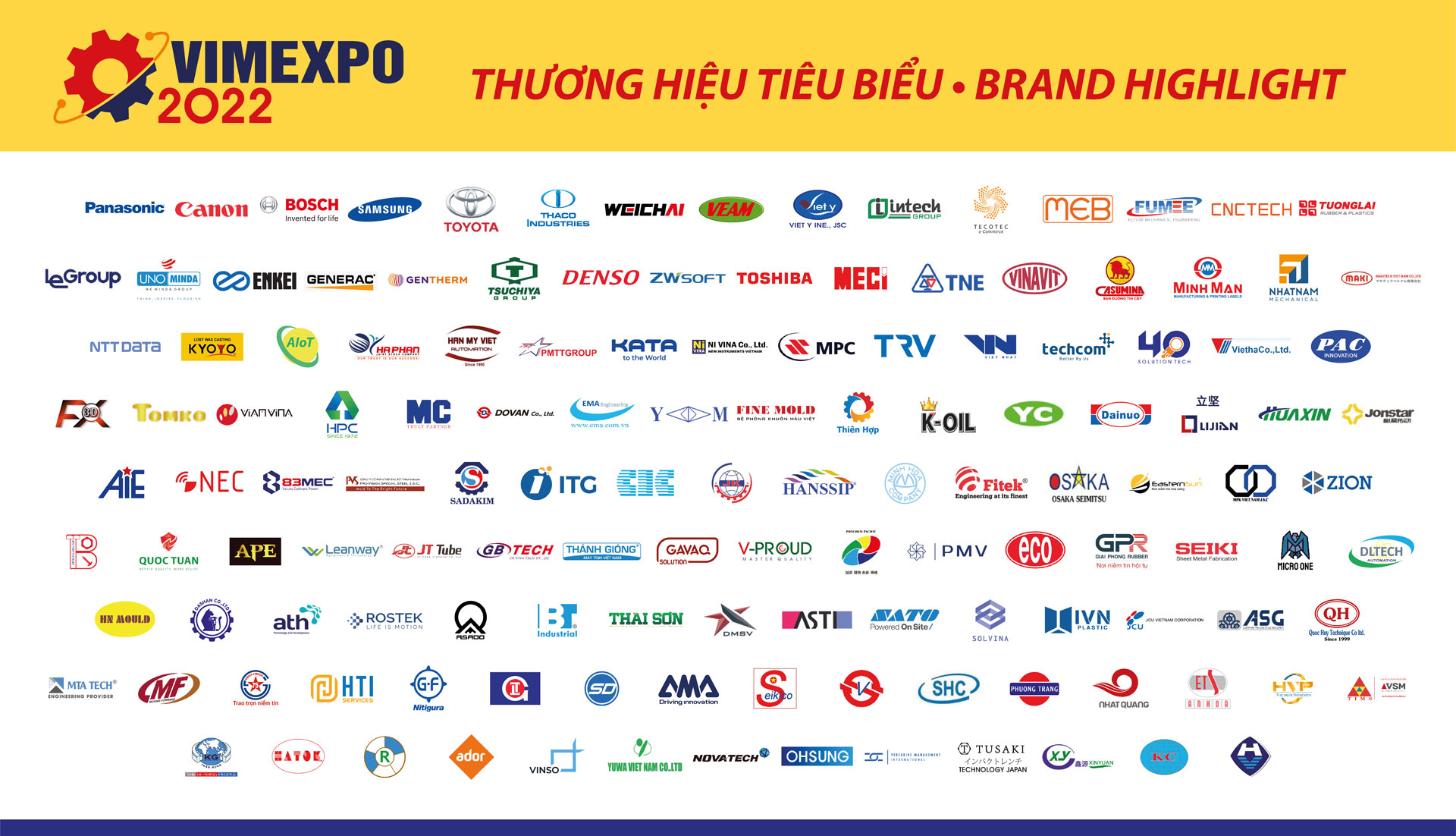The strategy for developing the Vietnamese automobile industry to 2030, with a vision to 2045, developed by the Ministry of Industry and Trade, will be submitted to the Government for approval at the end of this year, identifying automobiles as an important manufacturing industry contributing to the socio-economic development and environmental protection. The automobile industry not only meets domestic demand but also participates in the global value chain.
The Ministry of Industry and Trade assesses that the localization rate for personal vehicles with up to 9 seats is still low. The target is 30 – 40% by 2020, 40 – 45% by 2025 and 50 – 55% by 2030. However, the actual figure currently only reaches an average of about 7-10%.
Minister of Industry and Trade Nguyen Hong Dien said that when implementing Decision 68/QD-TTg on supporting industries, the Ministry focused on areas such as machinery and equipment components, textile, footwear and high-tech supporting industries. After 6 years of implementation with the goal of reaching 45% or more for domestic production needs, motorcycle components meet 85-90%, automobile components are 15-40% (depending on vehicle type); 40-60% of agricultural machinery; textiles, footwear are 40-45%. However, some industrial products have low performance, such as high technology, which only meets 10%.
In reality, according to information provided by businesses, Thaco currently reaches about 15-18%, Toyota Vietnam reaches 37% for the Innova model alone. This figure is much lower than the set target and compared to countries in the region such as Thailand, Indonesia and Malaysia. In Vietnam, some localized components have competitive production costs and quality compared to imports, but they are mainly bulky or simple parts that require a lot of labor and are cheap. The rest, most components and component assemblies have problems with large investment capital but small output, so they have high prices.
Businesses’ forecasts show that the automobile market in 2024 will continue to be difficult, with growth of only about 10%, of which domestically assembled vehicles are estimated to reach an output of 400,000 units/year. With such output, it will take many more years for the Vietnamese automobile industry to overcome all disadvantages and turn them into advantages, but time does not wait.
The Ministry also encourages manufacturing and assembling enterprises to increase the domestic value ratio: Adjust policies on taxes, fees, charges, and finance in the direction of incentives and support for the domestic value ratio for domestically produced automobiles to encourage enterprises to increase localization.
Along with that, improve the capacity of enterprises in the automobile supporting industry; effectively implement the Government’s preferential and supportive policies for the supporting industry in general and the automobile supporting industry in particular, especially the implementation of the annual Supporting Industry Development Program.




